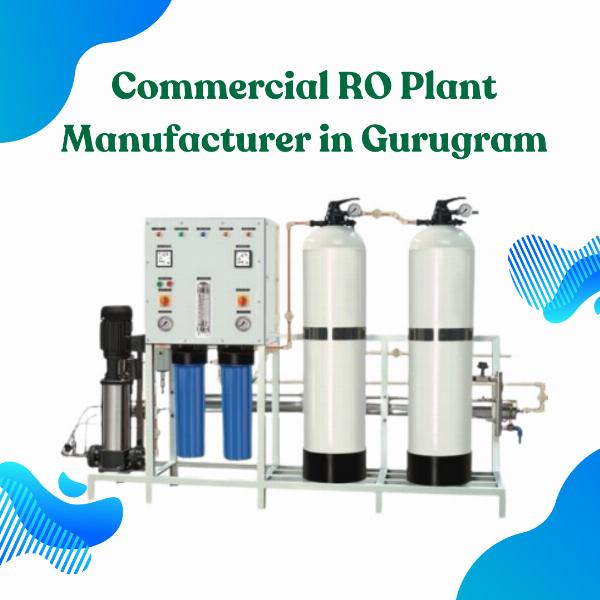Scientists make pivotal discovery after zooming in on tiny voids in new-age batteries: 'This research solves a long-standing mystery'
Research in a U.S. energy hub could help produce new-age batteries that amp up all kinds of electronics.
The breakthrough involves the inner workings of notoriously hard-to-pin-down solid-state batteries. Scientists were finally able to figure out what makes these power producers fail and, crucially, how to slow that process, the University of Houston reported.
The study, which paired experts from UH, Brown University, and Rice University, was published in Nature Communications. The team used operando scanning electron microscopy, a high-resolution imaging technique, to reveal that voids form within the batteries, growing larger and creating gaps over time.
It found alloys, including lithium-magnesium, can fill these voids and help the cells continue to function.
"Prior to this revelation, scientists knew adding small amounts of other metals, such as magnesium, to lithium-negative electrodes helped improve battery performance, but they didn't understand why," according to the report.
The new understanding could help manufacturers produce better batteries and raise the quality of life while reducing the environmental impacts of human activity.
Watch now: Does clean energy really cause blackouts?
"This research solves a long-standing mystery about why solid-state batteries sometimes fail," professor and corresponding author Yan Yao said. "This discovery allows solid-state batteries to operate under lower pressure, which can reduce the need for bulky external casing and improve overall safety."
The fascinating technology used helped produce promising results.
"We captured real-time, high-resolution videos of what actually happens inside a battery while it's working under a scanning electron microscope," first author Lihong Zhao said. "With just a small tweak to the battery's chemistry, we can dramatically improve its performance, especially under practical conditions like low pressure."
The development could change electric vehicles, cellphones, and more. The report noted solid-state batteries are unideal for EV use despite their high energy densities and fire resistance because "they also require high external stack pressure to stay intact while operating." If the batteries don't require high pressure to remain stable, however, they could be readily used in EVs.
Should the U.S. invest more in battery innovations?
Absolutely
Depends on the project
We're investing enough
We should invest less
Click your choice to see results and speak your mind.
Such batteries could also be used in cellphones and other electronics to increase how much juice users get with each charge and reduce overheating and fire risk, per the report.
In general, better batteries reduce reliance on dirty sources of energy, which produce pollution and contribute to rising global temperatures that harm human health as well as wildlife and the environment.
"It's about making future energy storage more reliable for everyone," Zhao said.
The next step is to explore other metals that could have the same — or an even better — effect.
Join our free newsletter for weekly updates on the latest innovations improving our lives and shaping our future, and don't miss this cool list of easy ways to help yourself while helping the planet.













